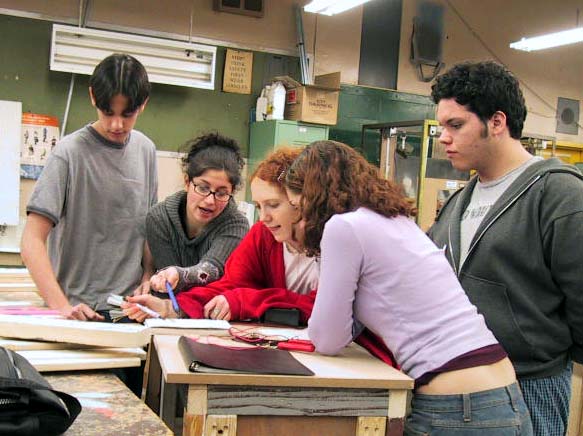Soldering is the act or process of forming joints upon or between metallic surfaces by means of a fusible alloy or solder whose melting point is lower than that of the metal to be united. After carefully cleaning the joint, a flux is applied to the cleaned areas to prevent oxidation, and a suitable quantity of solder is fused on a joint by a pressure flame.

A powerful soldering station with process control that allows you to select the temp you want without changing the tip. It can have also tweezers with revolutionary parallel action between the tip ends and allows greater surface contact between the tip and the component is always useful.

It takes some practice to make the perfect joint. The idea is simple: to join parts together to form an electrical connection, using a molten mixture of lead and tin (solder) with a soldering iron. A large range of soldering irons is available – which one is suitable depend on the budget.
The simplest and cheapest types of soldering station don’t have any form of temperature regulation. Simply plug them in and switch them on! Thermal regulation is “designed in” (by physics, not electronics!): they may be described as “thermally balanced” so that they have some degree of temperature “matching” but their output will otherwise not be controlled. Unregulated irons form an ideal general purpose iron for most users, and they generally cope well with printed circuit board soldering and general inter wiring. Most of these “miniature” types of iron will be of little use when attempting to solder large joints because the component being soldered will “sink” heat away from the tip of the iron, cooling it down too much. This is where a higher wattage comes in useful.

The above video was one of the very first I made to help me teach students how to do something before we met in class. The video quality is atrocious by today’s standards as this was made over 15 years ago. There are many other videos with better sound and picture quality that you will find on YouTube. Obviously, this one is near and dear to my heart.
A proper temperature-controlled iron will be quite a lot more expensive, and will have some form of built-in thermostatic control, to ensure that the temperature of the bit (the tip of the iron) is maintained at a fixed level (within limits). This is desirable especially during more frequent use, since it helps to ensure that the temperature does not “overshoot” in between times, and also guarantees that the output will be relatively stable.Some irons have a bimetallic strip thermostat built into the handle which gives an audible “click” in use: other types use all-electronic controllers, and some may be adjustable.
Yet more expensive still, soldering stations and consists of a complete bench-top control unit into which a special low-voltage soldering iron is plugged. Some versions might have built-in digital temperature readout, and will have a control knob to enable to vary the setting. The temperature could be boosted for soldering larger joints, for example, or for using higher melting-point solders (e.g. silver solder). These are designed for the most discerning users, or for continuous production line/ professional use. The best stations have irons which are well balanced, with comfort-grip handles which remain cool all day. A thermocouple will be built into the tip or shaft, which monitors temperature.
More advanced and expensive soldering iron stations use static-dissipative materials in their construction to ensure that static does not build up on the iron itself. It is useful to have a small selection of manufacturer’s bits (soldering iron tips) available with different diameters or shapes, which can be changed depending on the type of work in hand. Often, tips are iron-coated to preserve their life, or they may be bright-plated instead. Copper tips are seldom seen these days. Spare parts: it’s nice to know that spare parts may be available, so if the element blows, it is not necessary to replace the entire iron. This is especially so with expensive irons.


Recent Comments